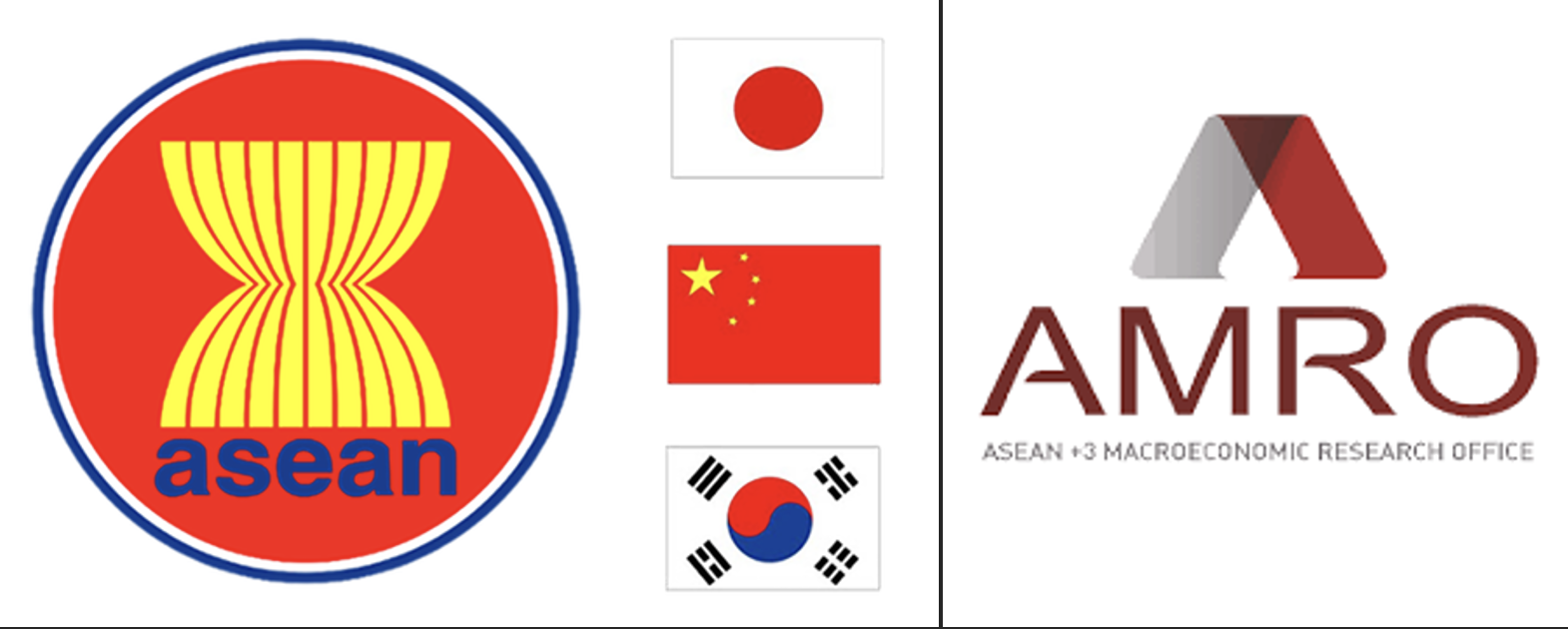Tổng số bài đăng 432.

The ASEAN+3 region is projected to achieve an average growth rate of 4.2% in 2024, with a slight increase to 4.4% in 2025, according to the latest quarterly update of the ASEAN+3 Regional Economic Outlook (AREO) conducted by the ASEAN+3 Macroeconomic Research Office (AMRO). The recovery in international trade and tourism, coupled with robust domestic demand, is expected to be the main driver of economic growth in the region.
The revised 2024 growth projection for the ASEAN+3 region is slightly lower than the July forecast of 4.4%, primarily reflecting updates for China and Vietnam. Among the Plus-3 economies (China; Hong Kong, China; Japan; and Korea), growth is expected to reach 4.1%, while ASEAN is projected to grow by 4.7% in 2024. AMRO foresees continued growth momentum into 2025, supported by stable external demand, resilient domestic activity, and more favorable financial conditions.
AMRO Chief Economist Hoe Ee Khor highlighted recent shifts in the risk landscape for the ASEAN+3 region, noting the impact of brief but intense market fluctuations observed in early August. He also pointed to the potential escalation of protectionist policies following the US presidential election as another significant risk factor for the region.
Inflation, excluding Lao PDR and Myanmar, is projected to ease to 1.9% in 2024, slightly down from the July forecast of 2.1%, with inflationary pressures generally contained across the region. This aligns with expectations of a decline in global inflationary trends.
Weakness in the US labor market and purchasing managers index (PMI) data have raised concerns about a possible sharper slowdown in US growth, which could impact regional exports. Additionally, the upcoming November election outcome in the US could significantly influence ASEAN+3’s economic prospects, especially if it leads to heightened US-China trade tensions or wider trade frictions.
"Central banks globally are moving toward easing monetary policies, and China recently introduced a broad set of stimulus measures, which are expected to benefit the broader ASEAN+3 region," noted Dr. Khor. "However, persistent external and geopolitical uncertainties underscore the need for continued resilience and strengthened cooperation within the region."
The ASEAN+3 Macroeconomic Research Office (AMRO) is an international organization committed to promoting macroeconomic and financial stability across the ASEAN+3 region, which includes ASEAN’s 10 member countries plus China; Hong Kong, China; Japan; and Korea. AMRO conducts economic surveillance, supports regional financial initiatives, and offers technical assistance to its members. As a knowledge hub, AMRO also facilitates ASEAN+3 financial collaboration and knowledge-sharing.









